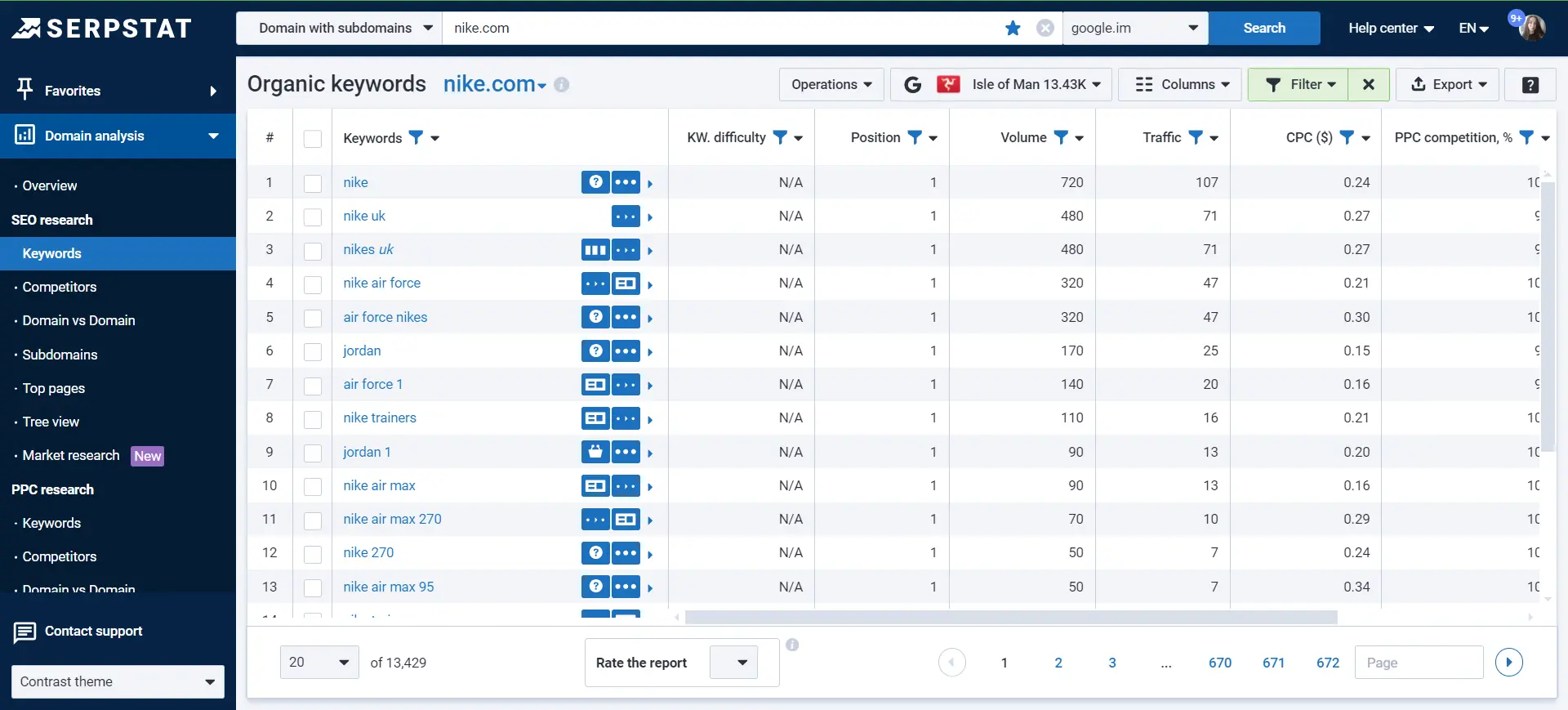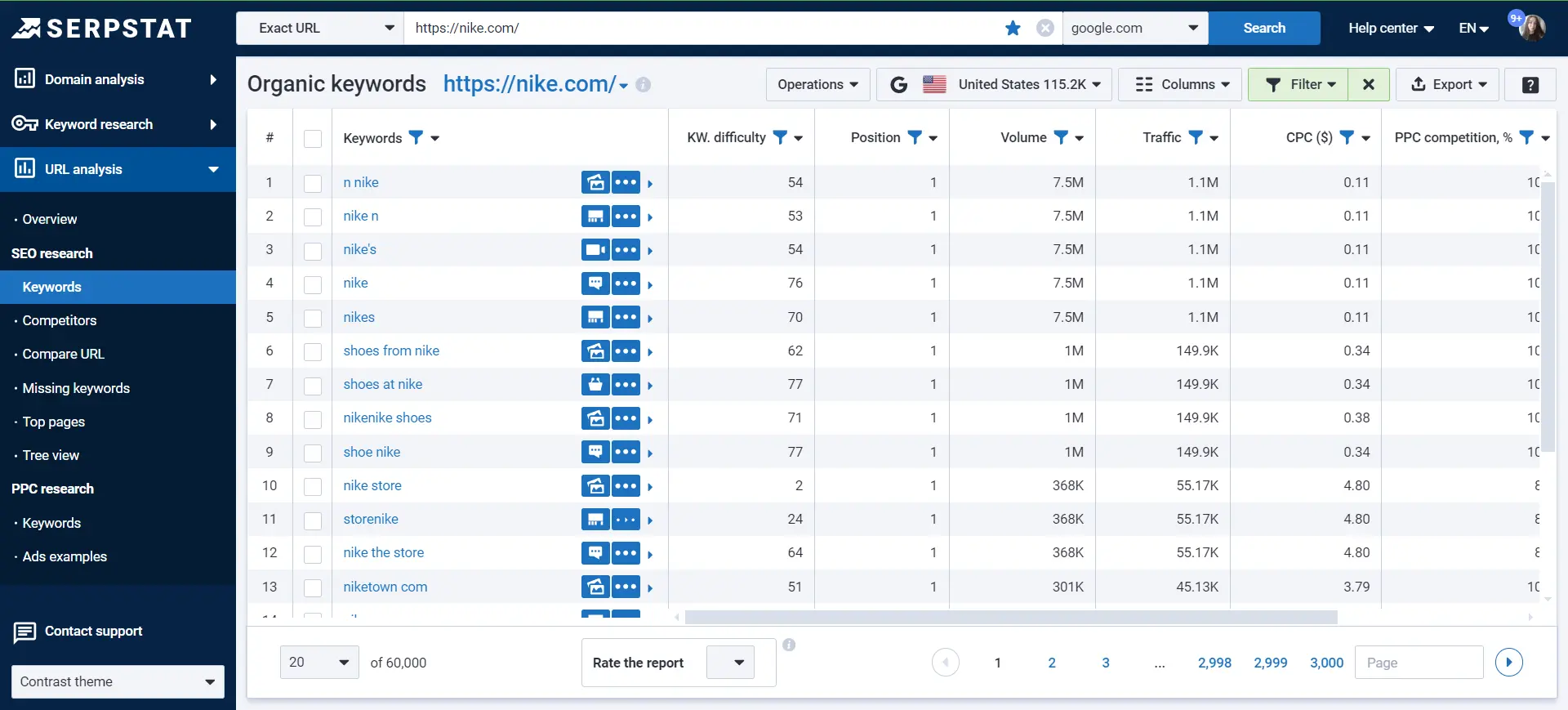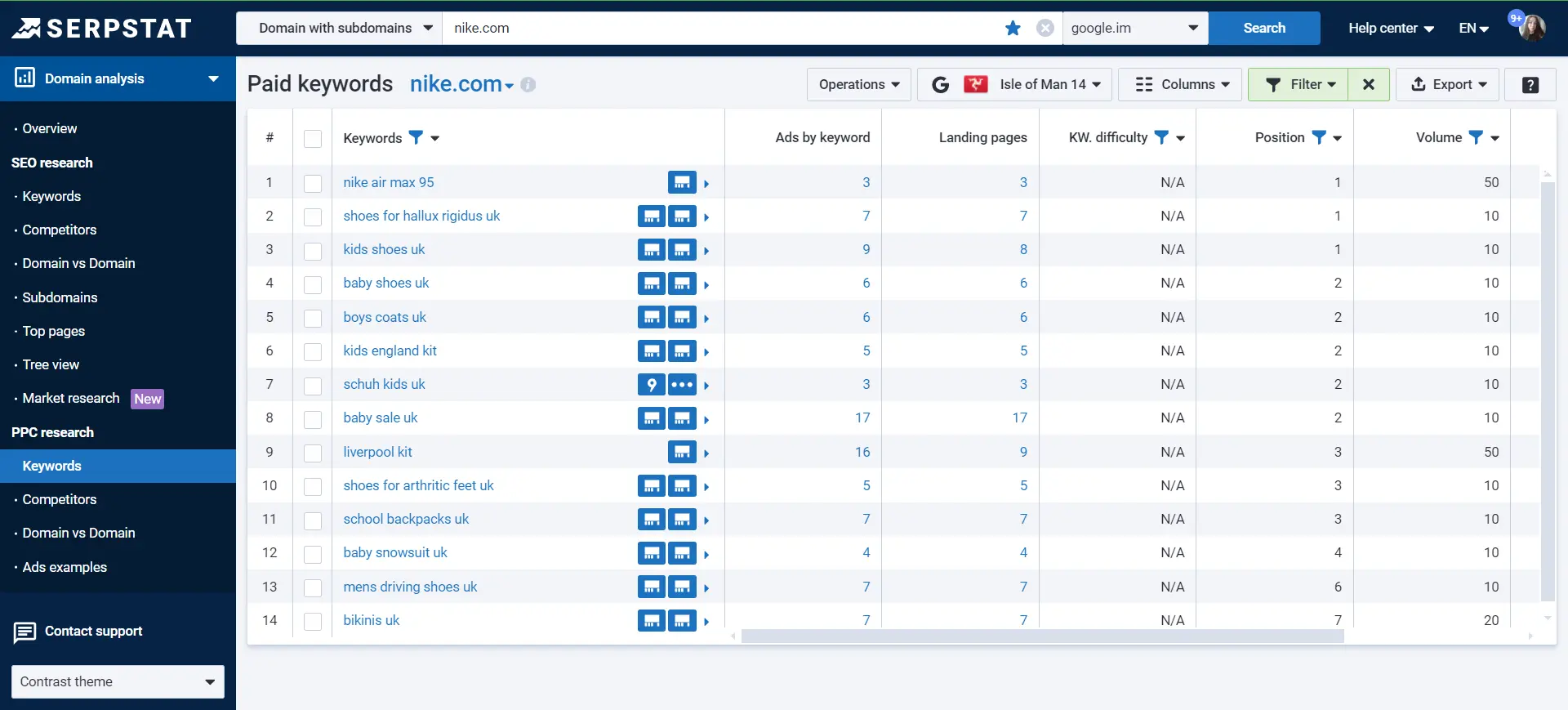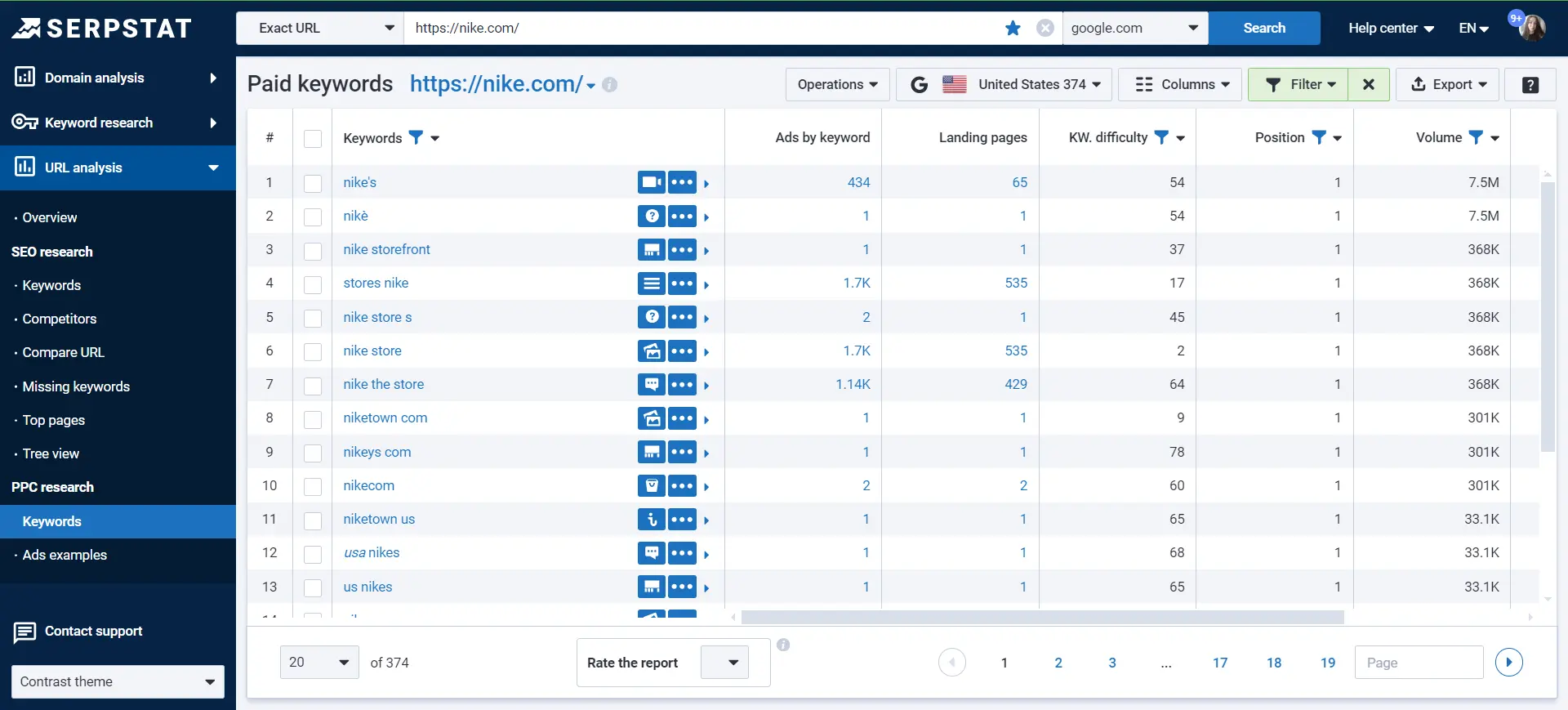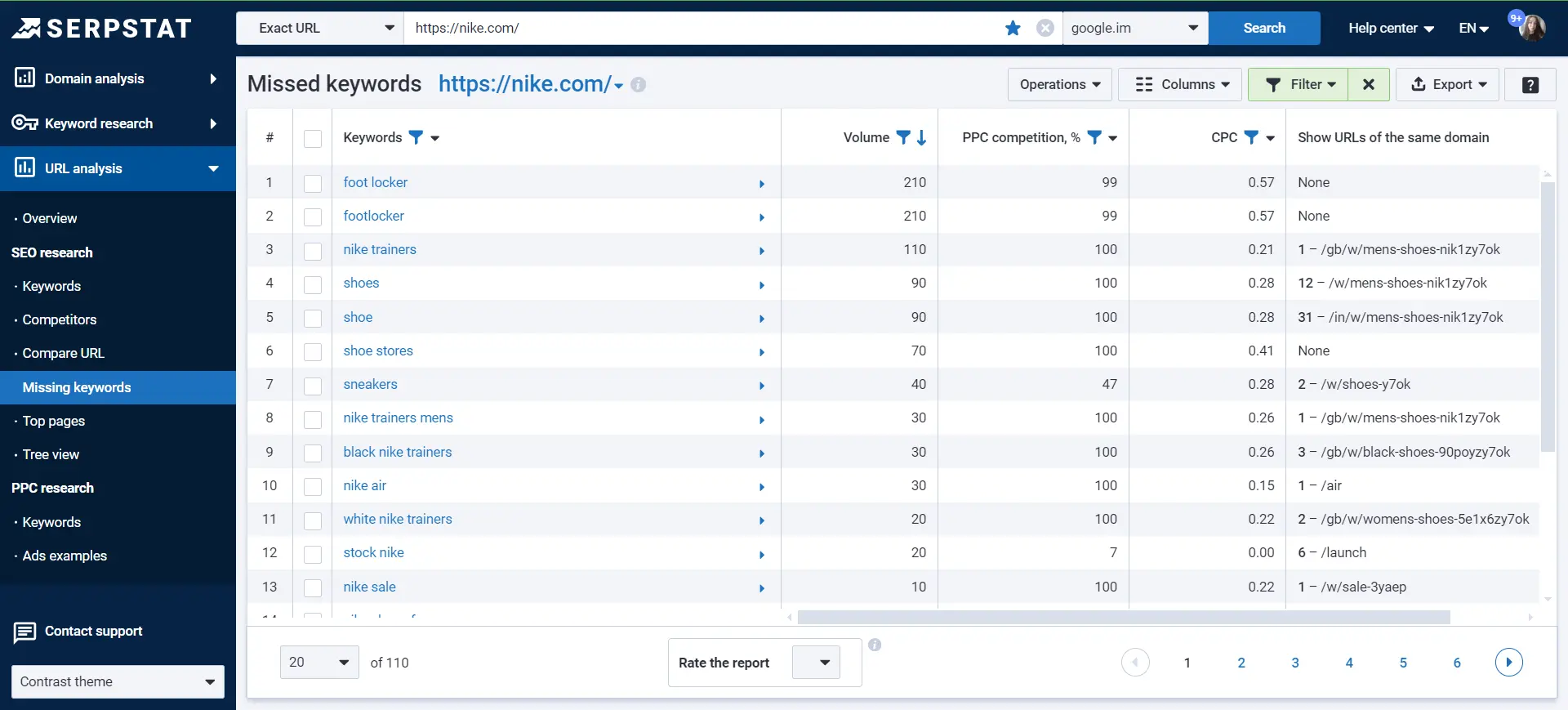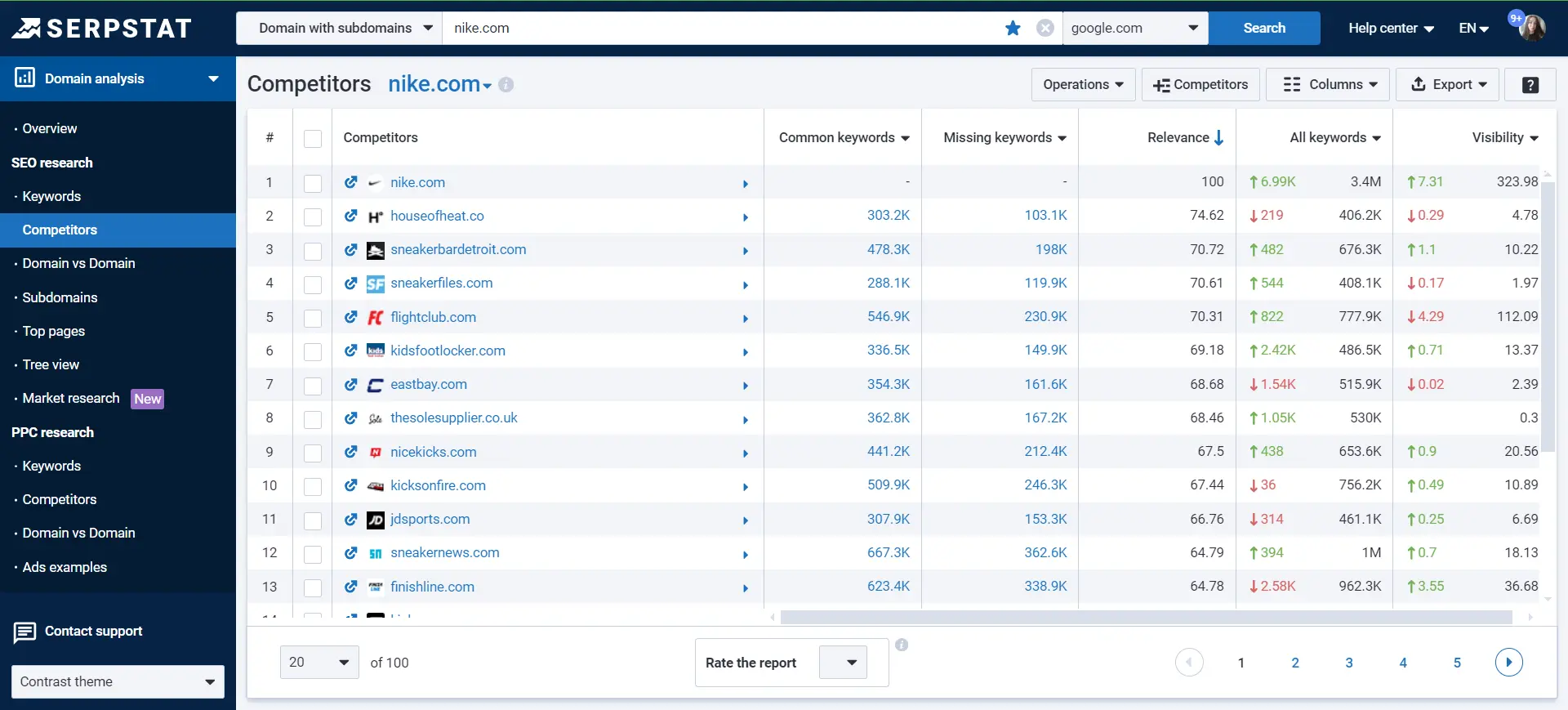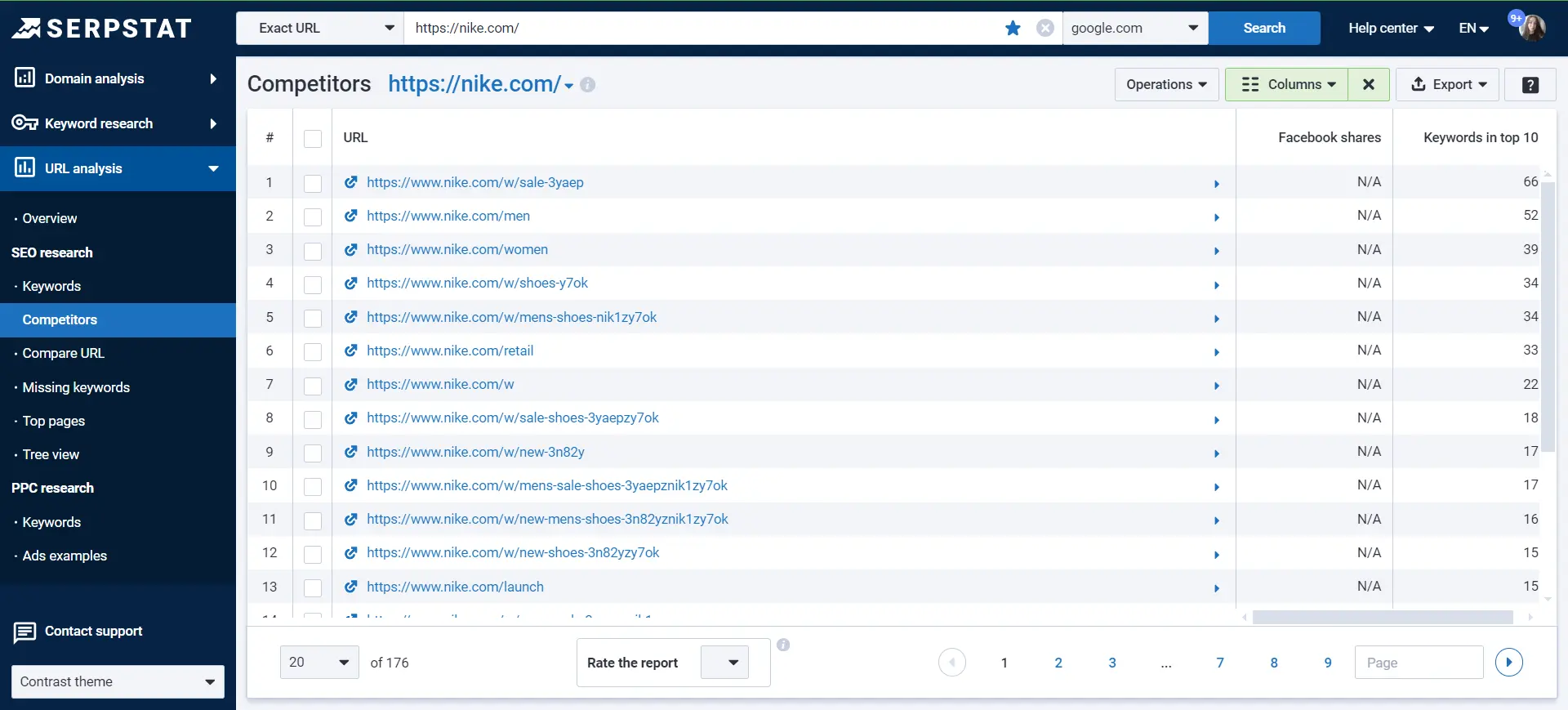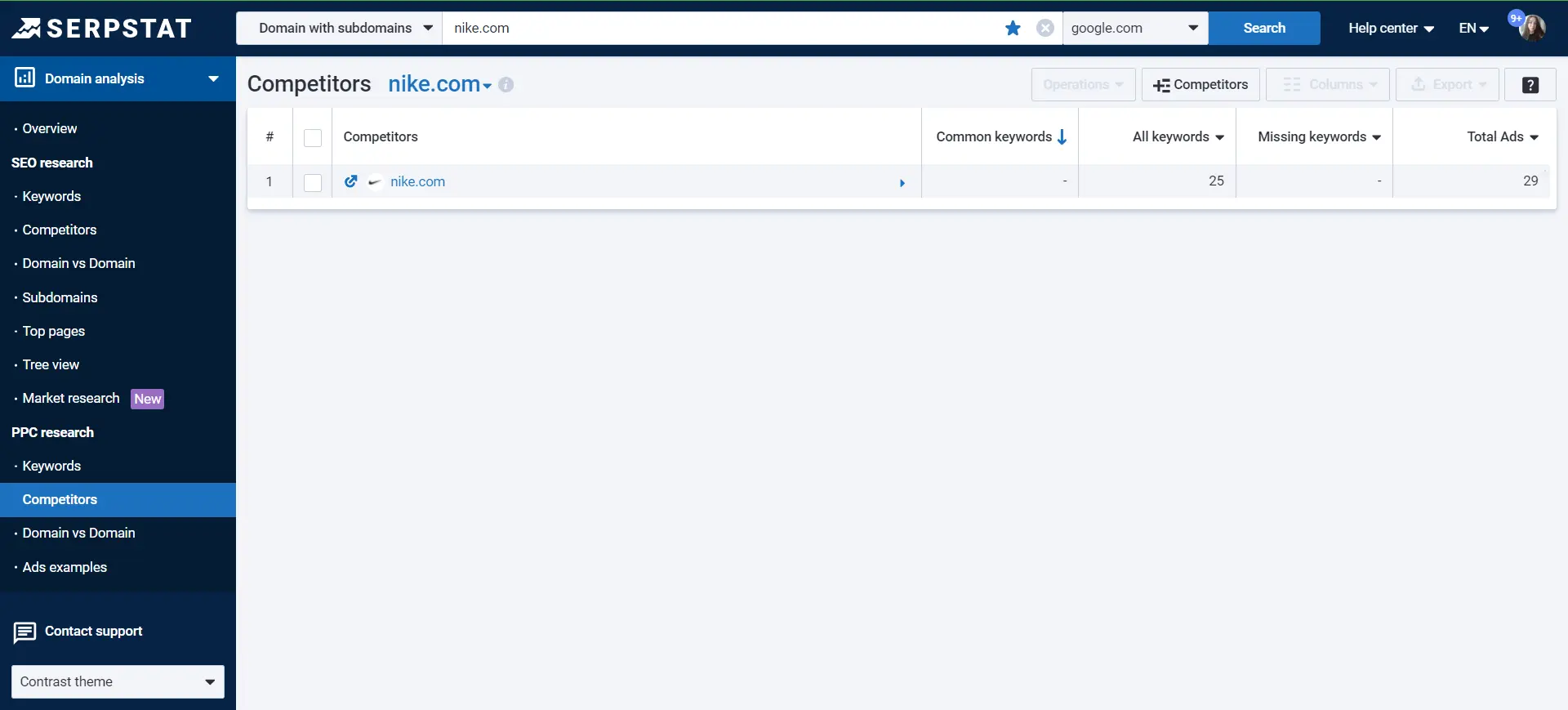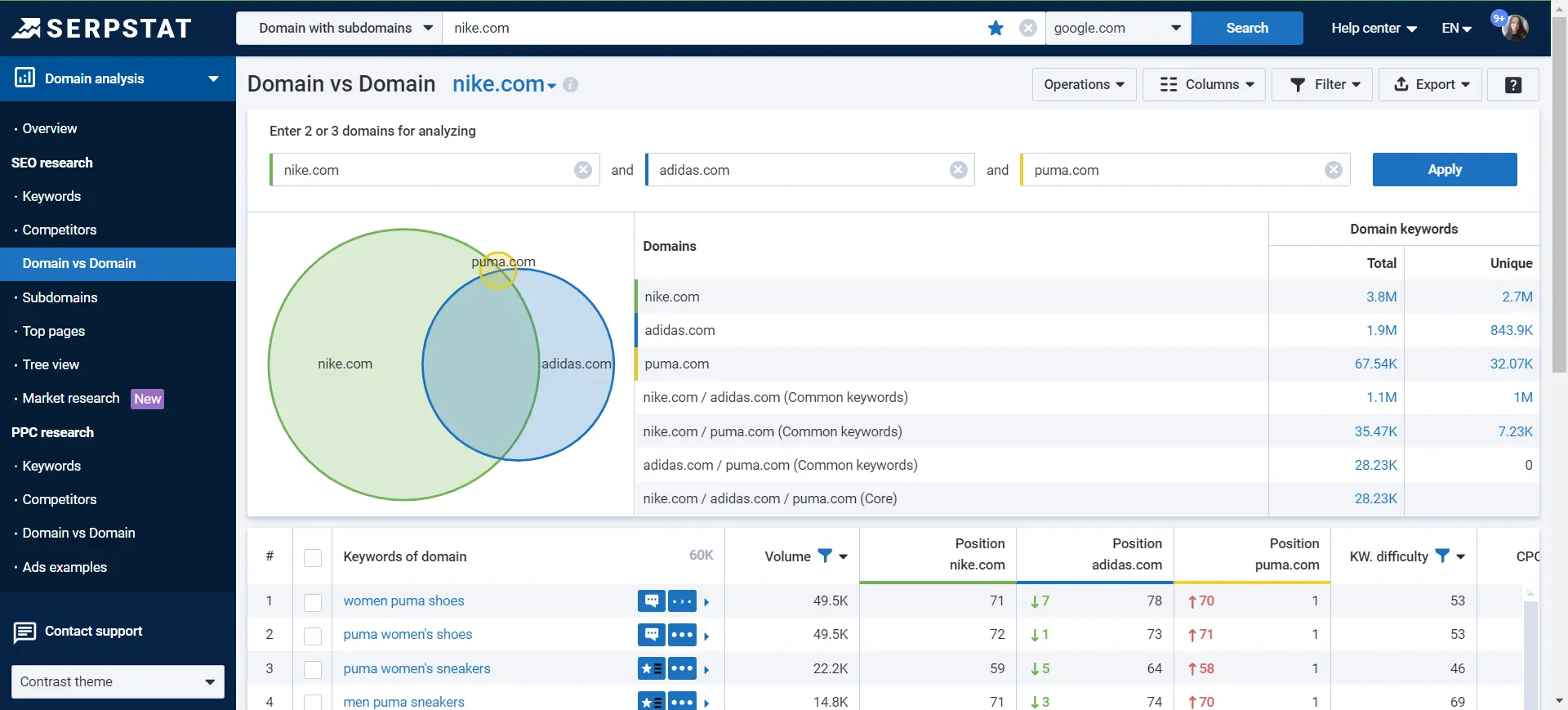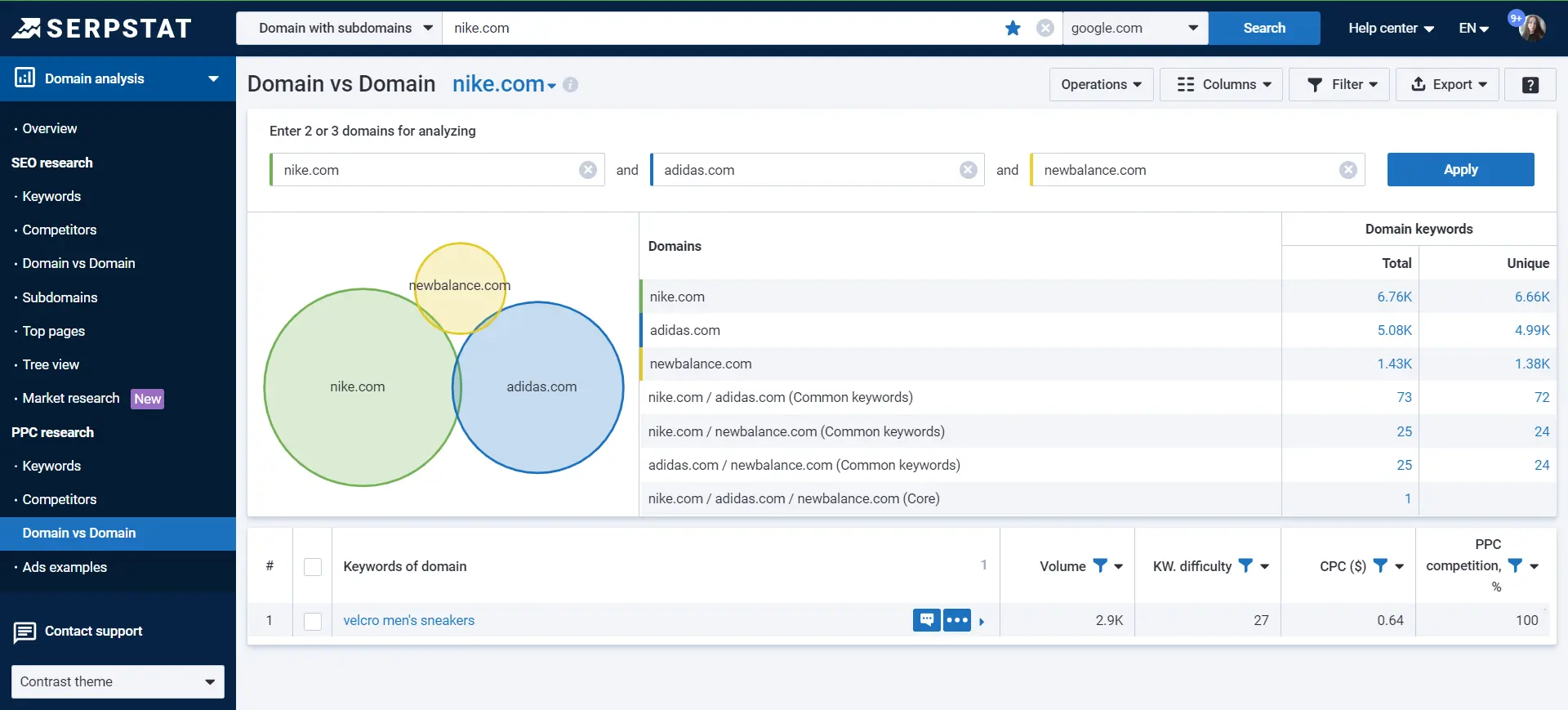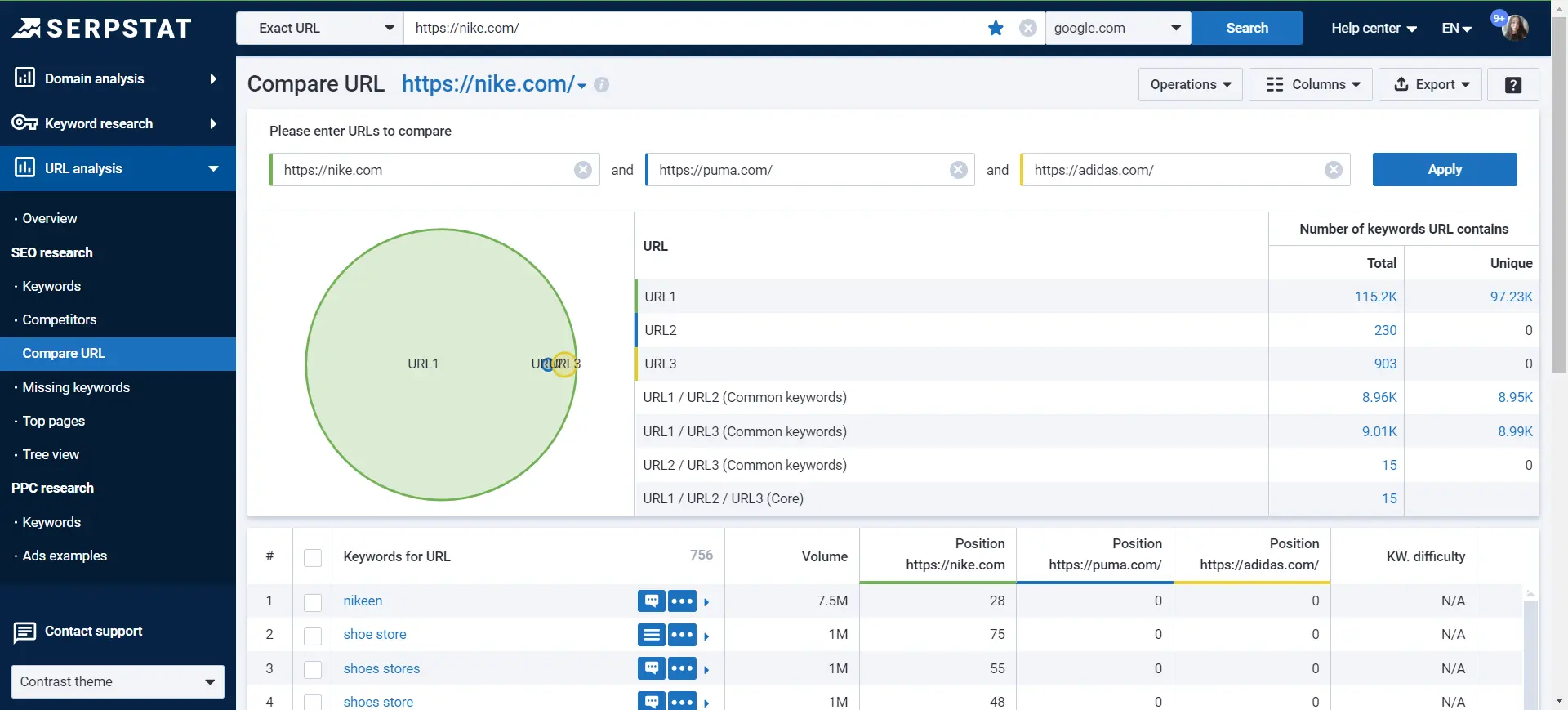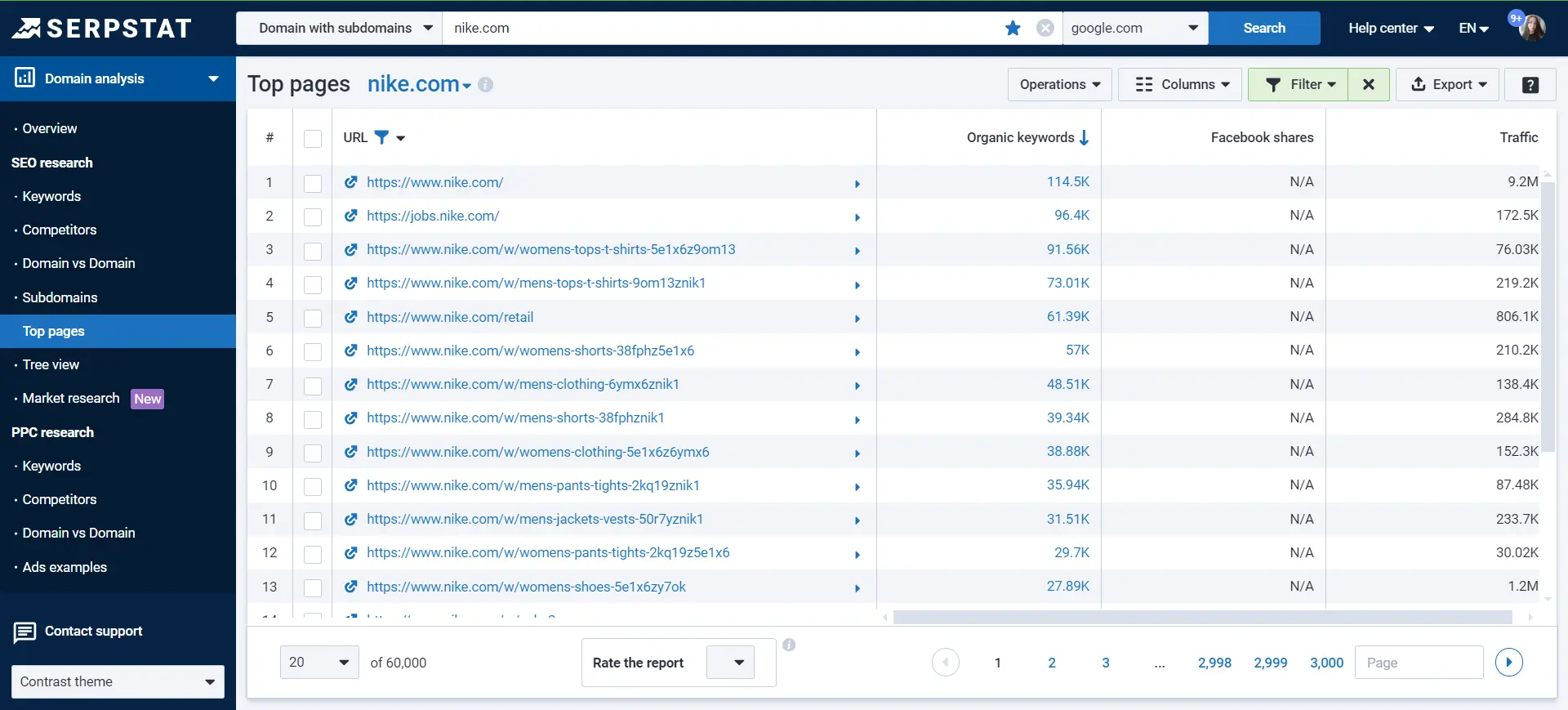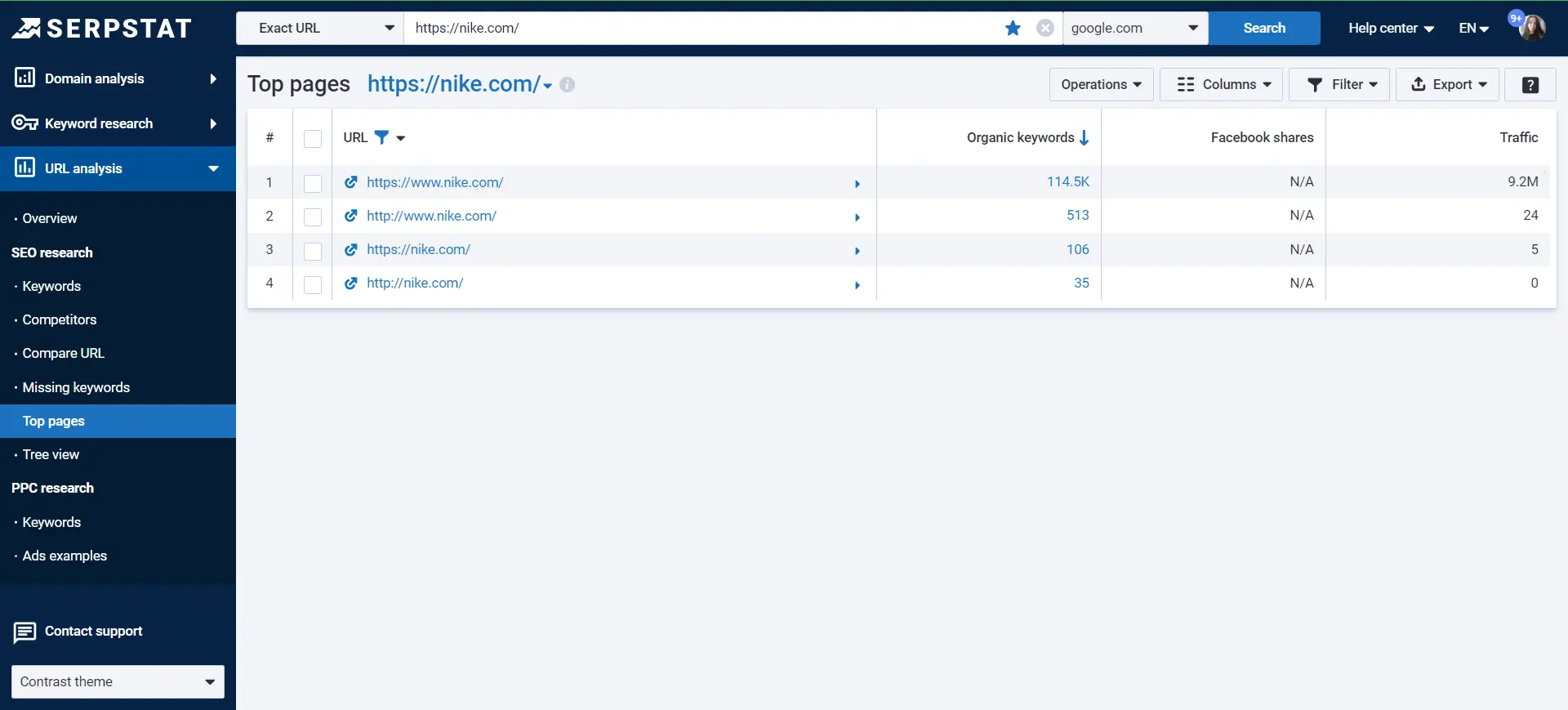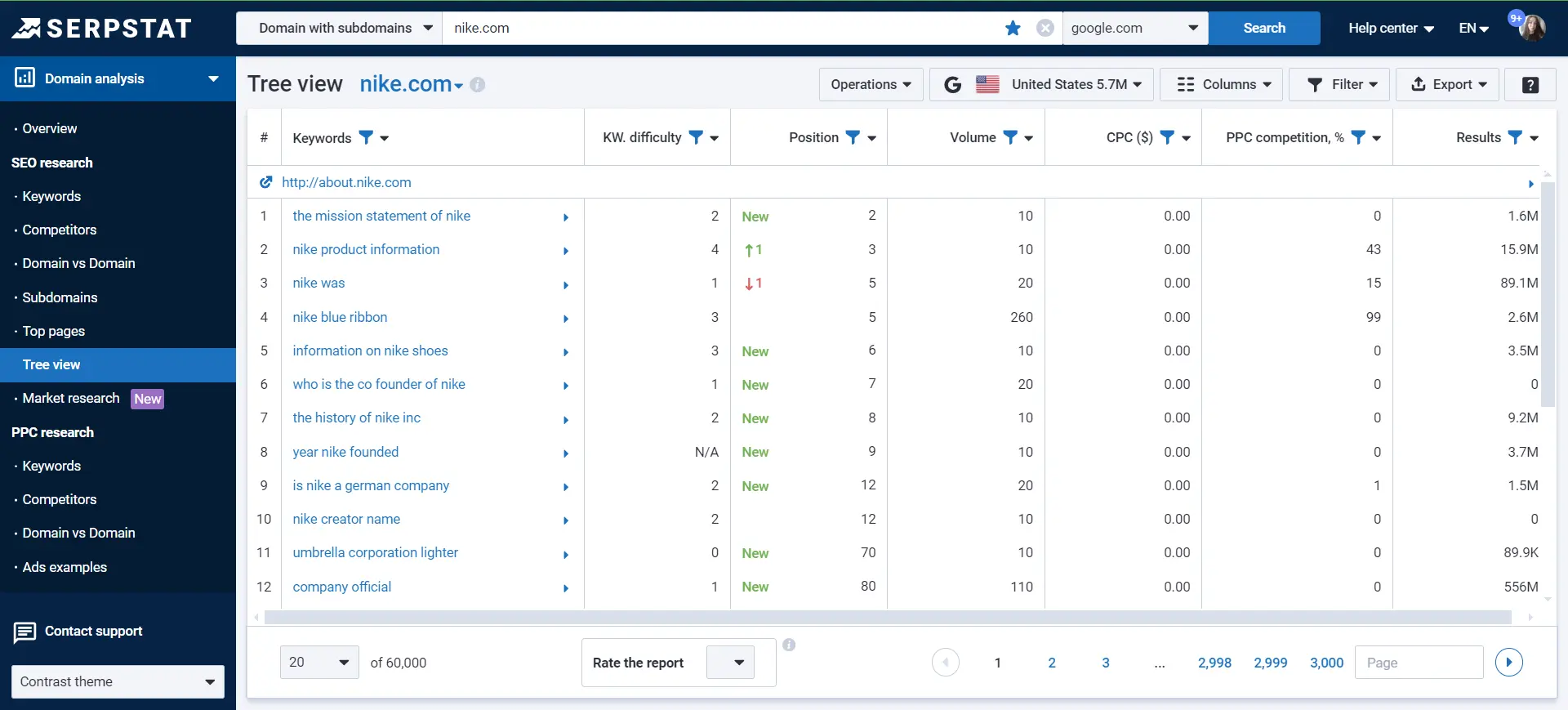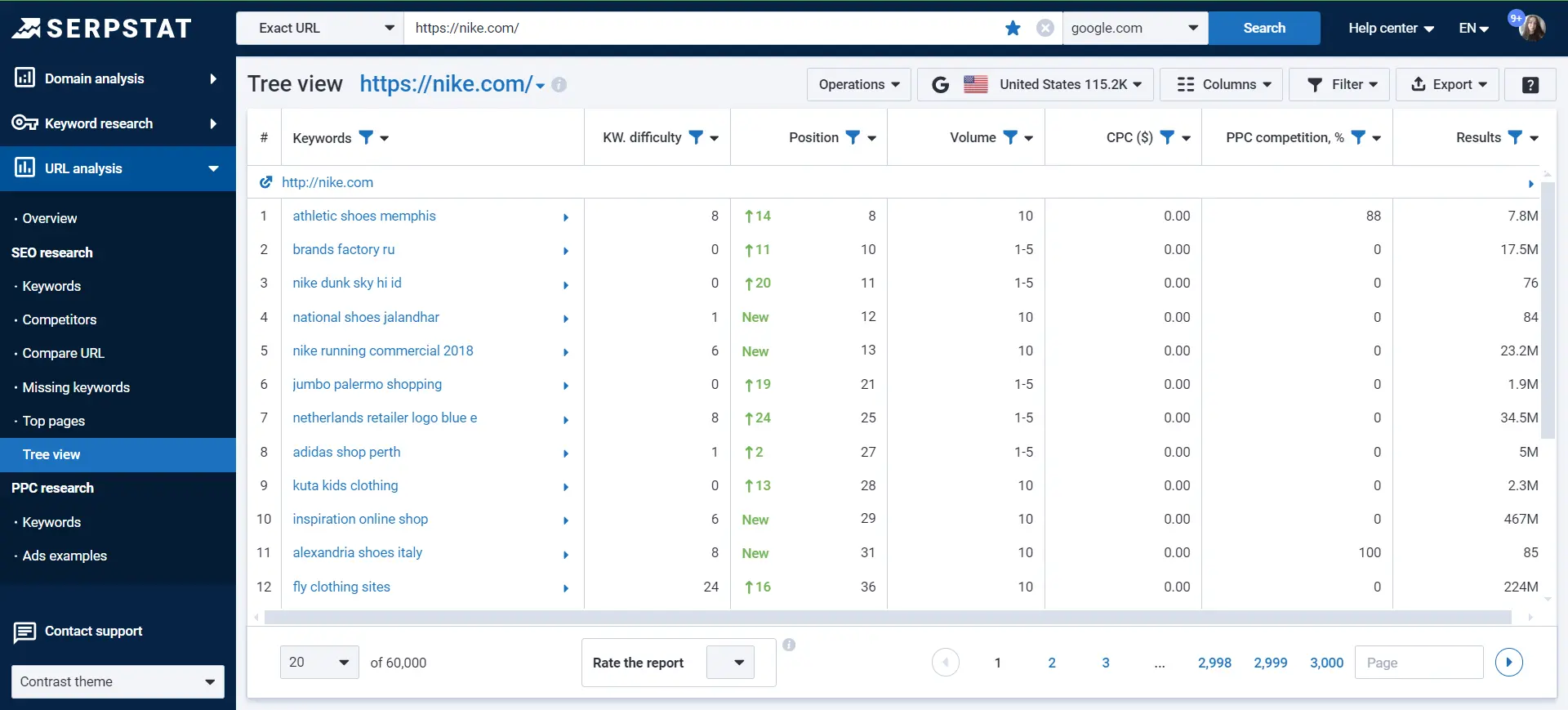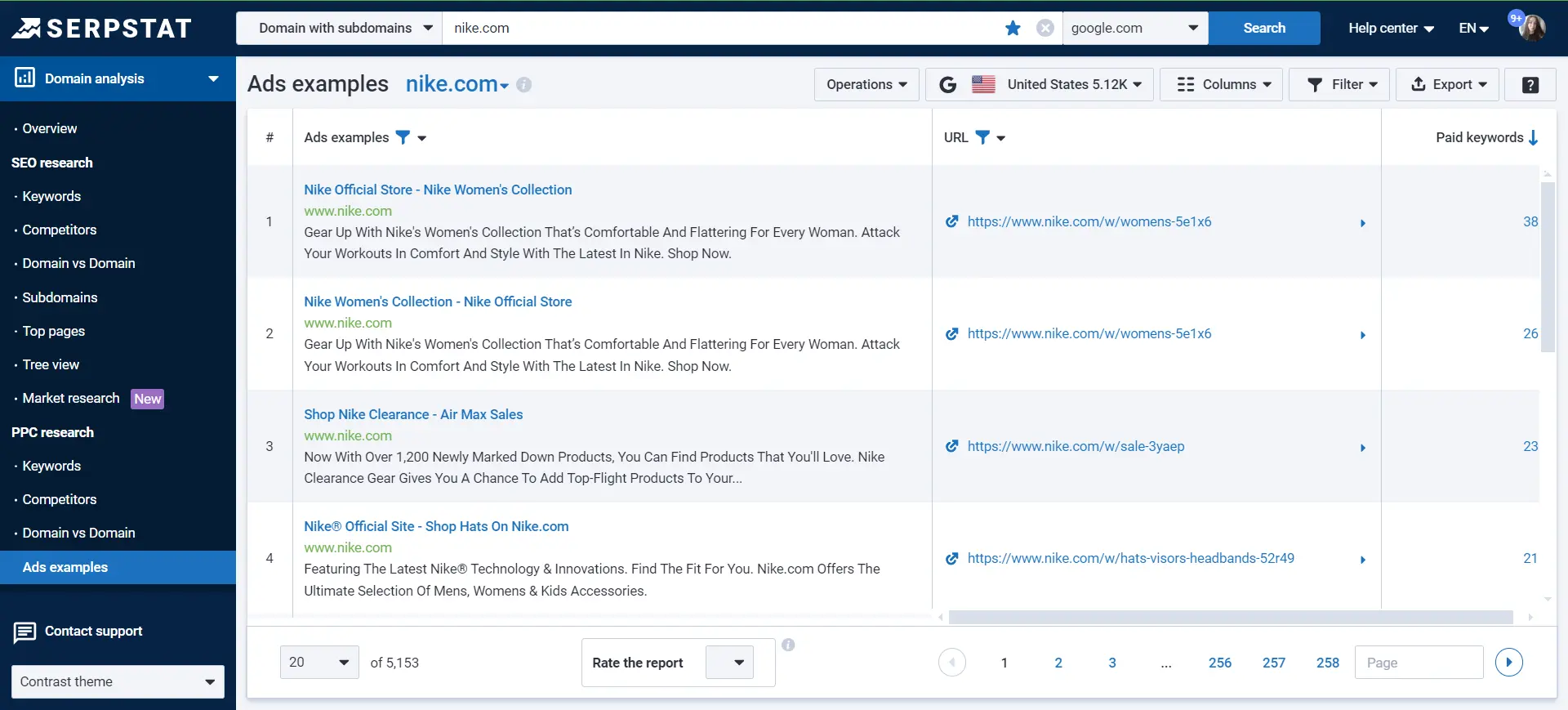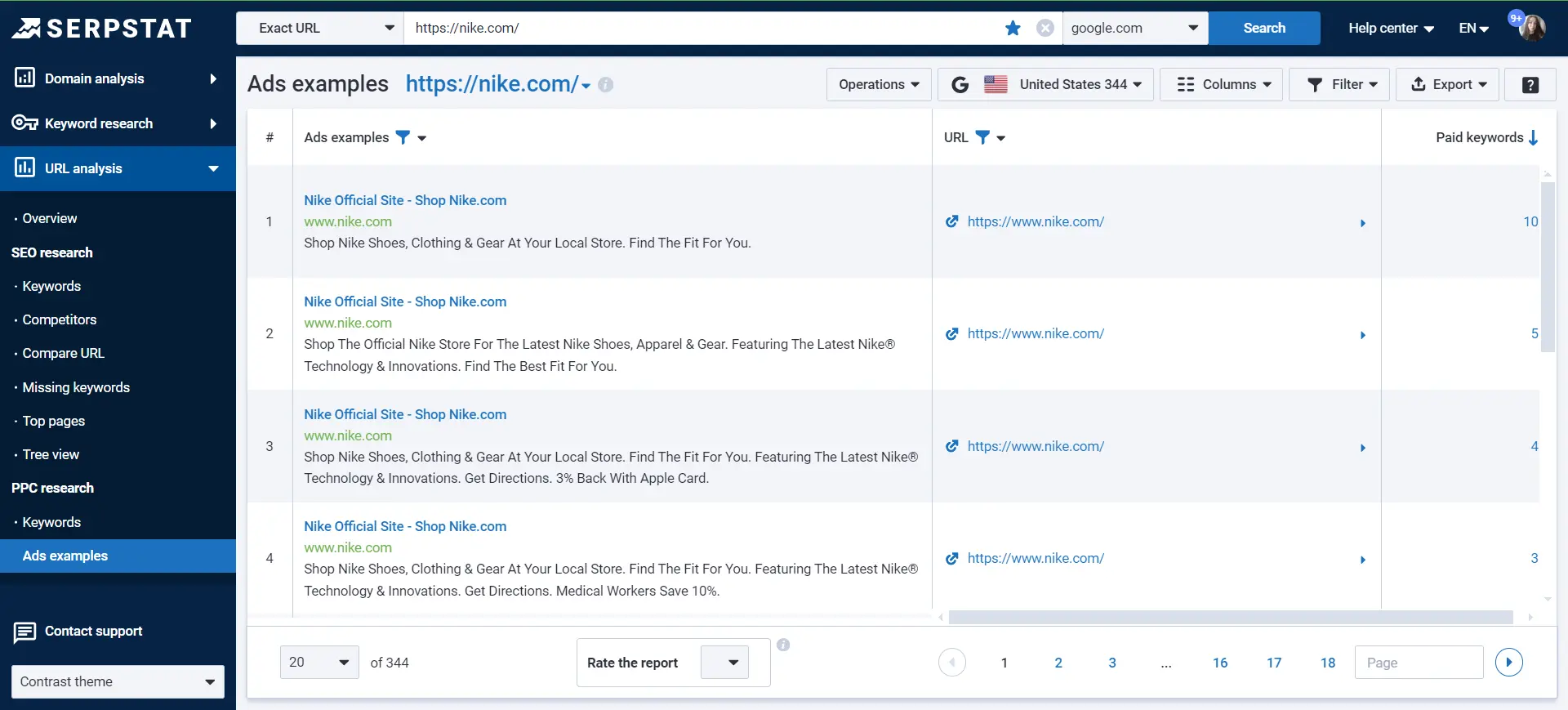Unite et Impera! Why We Merged Two Modules into Site Analysis


This year, we are more focused than ever on making your experience with Serpstat smoother and faster. It includes merging, combining, and simplifying reports so you can tackle your search marketing tasks with ease.
We started by merging Domain analysis and URL analysis into Site analysis. It means you no longer have to switch between the tools to analyze a competitor’s website or a separate page. We’ve also merged some SEO and PPC reports within Site analysis. The reports served the same purpose, just for different types of search results. Now, you’re just navigating between SEO and PPC analysis with a switcher.
And it’s just the beginning! We're planning to roll out even more enhancements and changes in the near future. So, how exactly does the Site analysis module work now? Let's dive into the details to explore what has changed and what to expect in the future.
Site Analysis
Overview
The Overview report is where you can look through the summary about a domain or page — see the number of keywords in SERP, their position distribution, ads examples, main competitors etc. Now, you can use this report for both domain and URL analysis.
Enter a domain name or URL address into the search bar. Change the type of search from “Domain with subdomains” to “Exact URL” to switch from analyzing a domain to analyzing the main page of a website.

Keywords
The Keywords report now combines five reports: Domain analysis and URL analysis SEO keywords, Domain analysis and URL analysis PPC keywords, and Missing keywords. Let’s remember what they looked like before:
You can now research competitors’ keywords within a single report. Navigate between SEO, PPC, and missing keywords with a switcher at the top.
The Missing keywords report helps to optimize a separate page. It lists keywords competitors use to rank in the top 10 search results, but the analyzed page doesn’t rank for this keyword in the top 100 search results at all. Look at the last column and pay attention to those keywords none of your pages rank for — you are potentially missing out on your traffic share.

Competitors
The Competitors report had two versions in Domain analysis (SEO and PPC Competitors) and one in URL analysis (SEO Competitors):
These are screenshots of the previous version:
Now, there is a single report for websites and pages that shows competitors in both organic and paid search results — navigate between them with a switcher at the top.
Pay attention to competitors with high “Relevance.” High “Relevance” means their keywords are closely related to the topic of the analyzed domain, making them the closest competitors.
Edit the competitors list to remove irrelevant ones or add more competitors manually by the “Competitors'' button. Save the custom list as a template to use it further for competitive analysis.

Compare Domains / URL
The Compare domains / URL report allows you to compare SEO and PPC keywords of up to three websites or pages. It combines the Domain vs Domain and Compare URL reports. Here’s what it looked like before:
Just like for previous reports, go from domain to URL analysis with a search type and navigate between SEO and PPC analysis with a switcher at the top.
Pay attention to keywords both of your competitors use, but you don’t. You may be missing out on additional traffic by not using the same keywords for SEO.

Top Pages
The Top pages report lists pages in descending order based on how many keywords they appear for in search engine results. It’s now a single report for both domain and URL analysis. Here’s what it looked like before:
Visually, it looks the same now, but it’s not divided into two separate reports anymore.
Find competitors’ top pages for the whole website by selecting “Domain with subdomains” or in a particular category by selecting “URL prefix.”
Find which competitor pages attract the most traffic. Analyze topics and categories that rank for the highest number of keywords, and incorporate ideas into your business’s marketing strategy.

Tree View
The Tree view report displays the structure of a website or website category. It combines the Tree view reports from Domain and URL analysis. Here’s what it looked like before:
Same here: it’s the same visually, but it’s a single report now.
To check the website category, select the “URL prefix” search type and add a link with a path to the interested category. Here’s how to do it now:

Get a list of all competitor’s pages in the top 100 search results and keywords each page ranks for. Use it to evaluate whether the competitor aims for low or high-difficult keywords. Find underperforming pages by filtering keywords by position in search results.
Ads Examples
The Ads examples report provides titles and descriptions of ads that our crawler spotted in the search results for domain or URL. Now, it’s a single report for these two:
Analyze the domain’s/URL’s ads by switching the search type like so:

Analyze how your competitors promote the whole website or specific pages. Take a peek into their strategies and get inspiration for new ideas for your campaigns.
Ads Landing pages
The Ads landing pages report didn’t face any changes to it, since it’s available only for domain analysis.
Analyze competitors’ landing pages to see what pages their ads lead to. Check the pages to evaluate their value proposition and conversion elements. Learn from their best practices and avoid their mistakes.
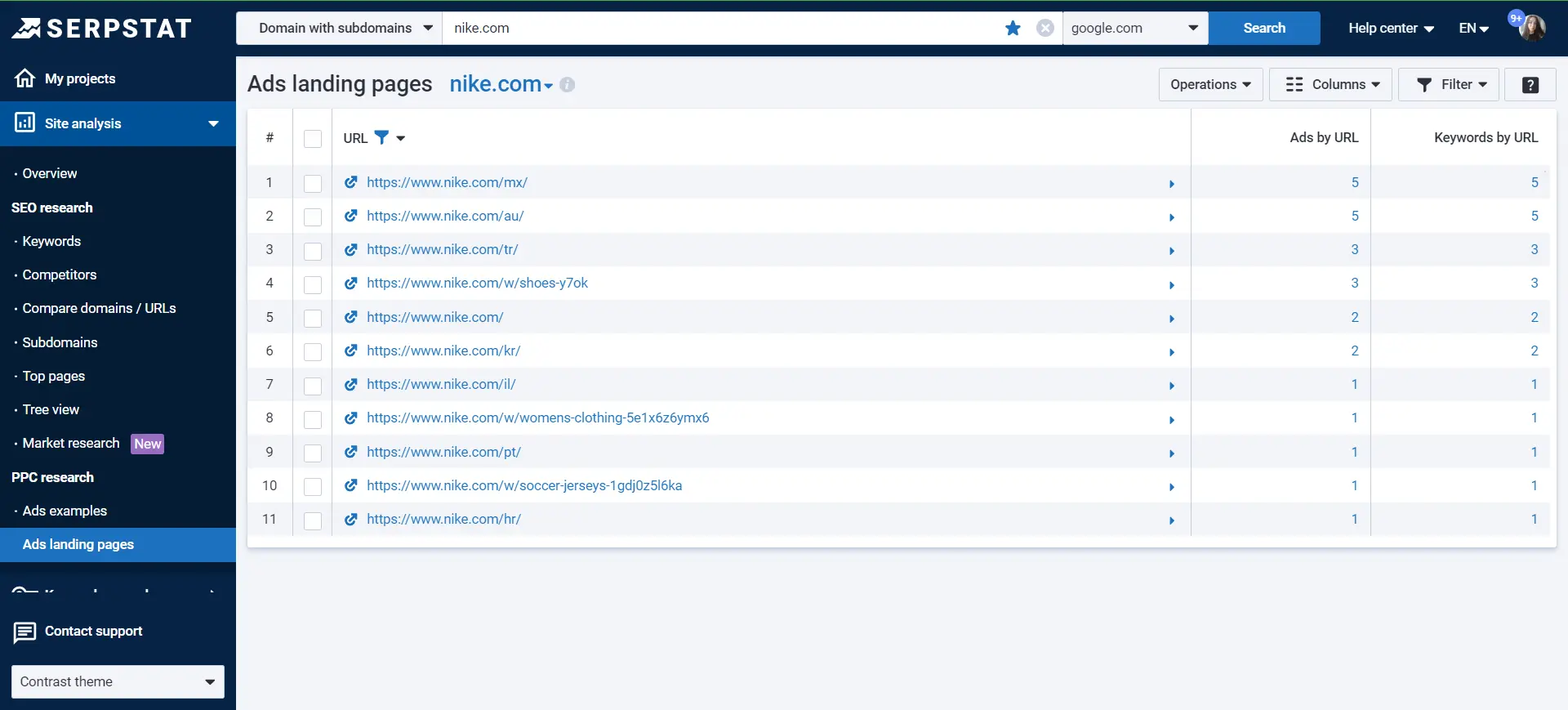
What Will Be Merged Next?
Our aim is to unify website, keyword, and backlink analysis tools into a smaller group of reports. These are reports that perform the same task for different entities. The combination of Domain and URL analysis reports is a great example to understand the direction we’re focusing on.
Currently, you need to use three different Overview reports to analyze a website's organic traffic, its backlink profile, and a keyword summary. One day, you’ll be able to do it within a single report — that’s exciting, right?
Here are simple examples of other reports that’ll be combined into one:
- Site structure: Tree view + Subdomains
- Top pages: Top pages for websites + Top pages for backlinks + Top pages for keywords
- Ads examples: Ads by websites + Ads by keywords + Landing pages by websites + Landing pages by keywords
Also, we plan that the Backlink analysis module will have four main reports:
- Incoming backlinks
- Incoming domains
- Outgoing backlinks
- Outgoing domains
These reports will contain all the essential information: active and lost backlinks, anchors, malicious and redirecting domains.
That’s just a part of our plan without getting into the nitty-gritty details to understand the changes that will come next.
Conclusion
We've taken the initial step towards our plan and are now gearing up for more substantial changes. Merging the two modules into Site analysis has been necessary to make the experience smoother and less confusing when working with Serpstat reports.
Site analysis is now a module where you can analyze the whole website, whether it’s with, without subdomains, an exact URL, or a website category. You can perform a competitor analysis, analyze your client’s or your own website.
We continue working on the simplification of the tools, and we’ll present to you more improvements. By sharing a glimpse into our roadmap, we hope to prepare you for the exciting updates we have in store. This way, similar changes we introduce won't come as a surprise, but rather as anticipated improvements to support your search marketing efforts more effectively.
Start the Competitor Analysis
Find competitor's keywords and ads examples
Recommended posts
Cases, life hacks, researches, and useful articles
Don’t you have time to follow the news? No worries! Our editor will choose articles that will definitely help you with your work. Join our cozy community :)
By clicking the button, you agree to our privacy policy.
